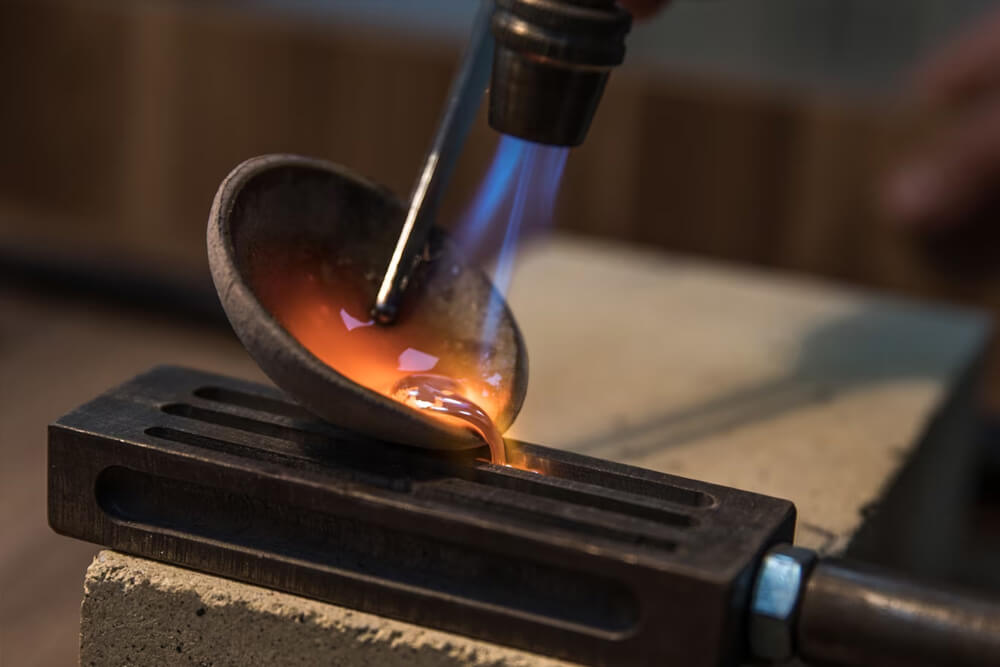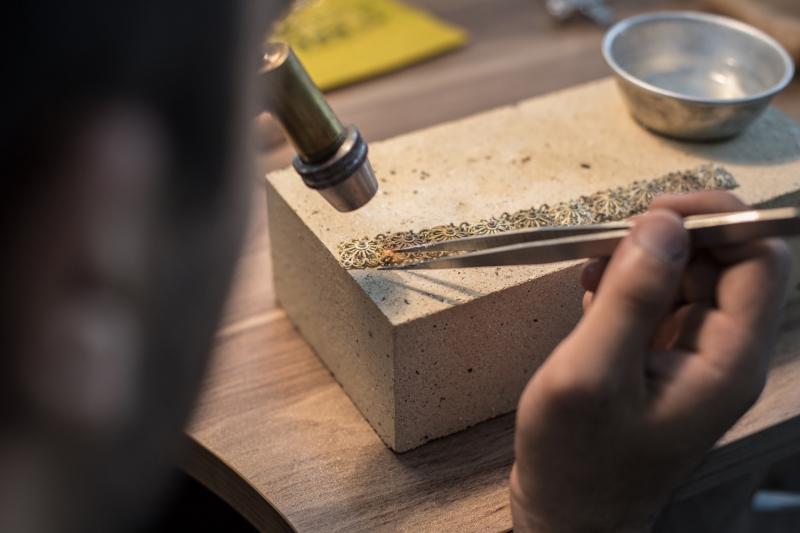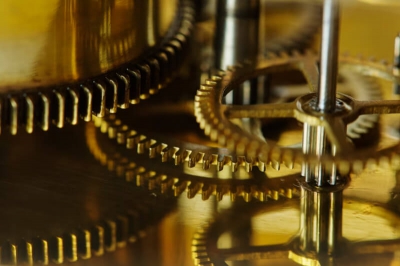The process of making gold is a complex process that requires the use of several methods and techniques to extract gold from ores and purify it.
Gold is a valuable metal that is used in many applications such as making jewelry, electronic gadgets, and medical instruments.
The gold manufacturing process includes several steps from extracting it from natural ores to purifying it and shaping it into final products.
Let's take a closer look at these steps:
1. Exploration of gold: Gold is usually found in geological areas where gold pools may be present below the surface of the earth, where geological engineers conduct studies and surveys to locate potential ores.
2. Exploration: After selection, wells and tunnels are drilled to access the ores. The ores are collected and loaded onto large trucks for transport to processing facilities.
3. Ores crushed: The ores are conveyed to crushers where they are crushed into small particles. This is done to free the gold from the rock and increase the surface area for subsequent processing operations.
4. Grinding: After crushing, the ores are conveyed to mills where they are ground into fine powder using water. This is done to separate the gold from the other metals in the ore.
5. Filtration: The mud and other materials from the flour formed after the milling process are filtered using boilers and filters.
6. Amalgamation: This step is done by using cyanide to amalgamate the gold and form a cyanide compound, which is removed later.
7. Fermentation: The ore is mixed with cyanide in a fermentation tank for several days. Gold fuses with cyanide to form a compound of gold and cyanide.
8. Mining: After the fermentation process, the gold in liquid form is collected from the vat and solidified with activated carbon to produce pure gold "cake".
9. Gold purification: This step includes the use of nitric, hydrochloric and chlorine to remove impurities from gold and purify it. This process needs caution as acids are strong and dangerous and should be used with extreme caution.
10. Forging and smelting: After refining, the gold is smelted and shaped into bars or sheets to be used in various industries.
11. Final shaping: Molten gold is formed into finished products such as jewellery.
Gold manufacturing is a complex process that requires sophisticated equipment and technology. Environmental and health standards must be adhered to during every stage of this process to ensure the safety of workers and the environment.




